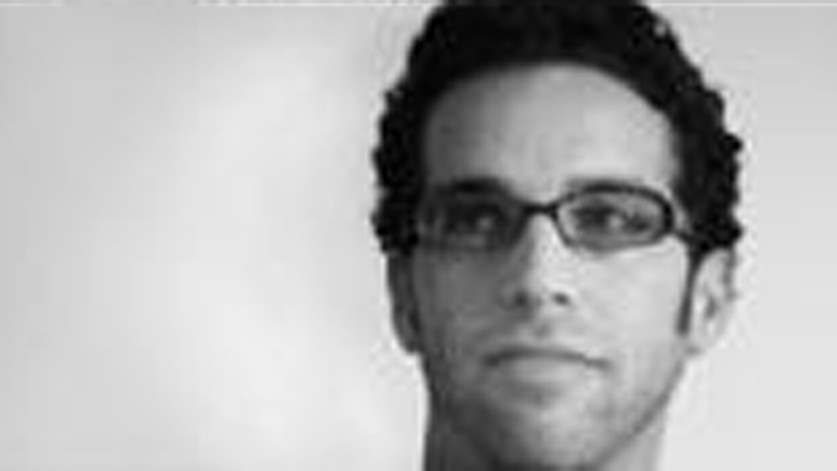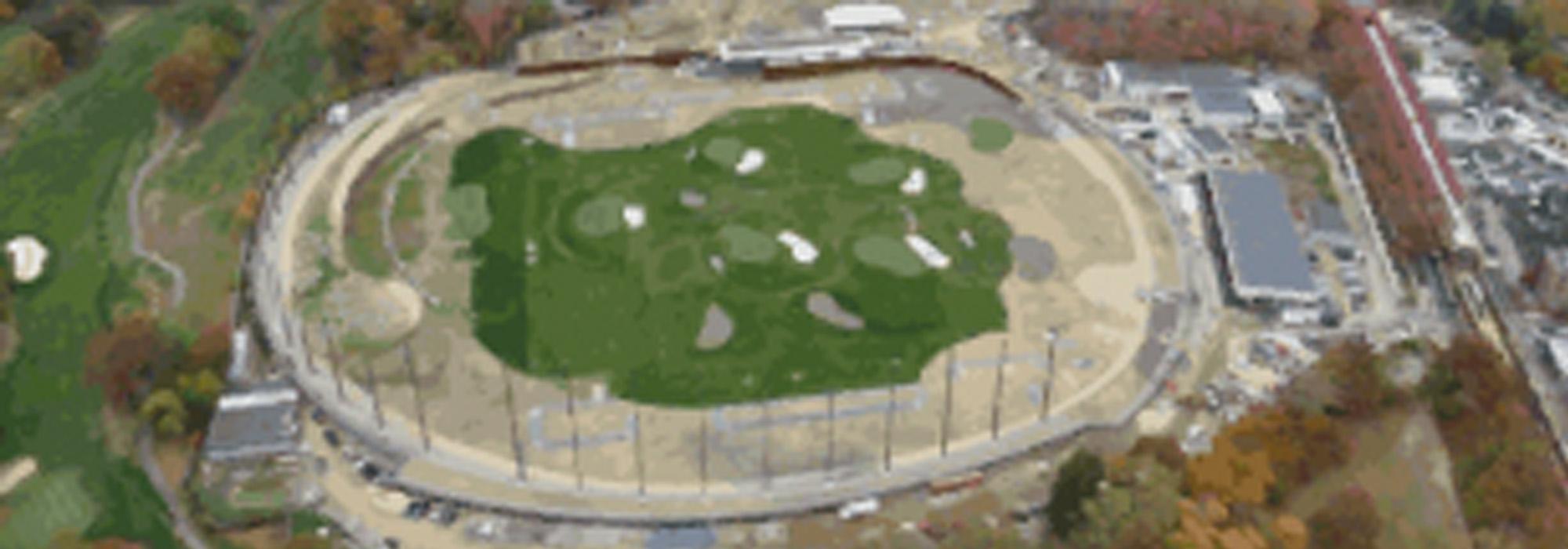It Takes One: Alison Duncan and David Russo
Alison Duncan
I was born in Lowell, Massachusetts, and witnessed Lowell's transformation from a decaying city to one that later began to reshape its identity through considerable revitalization. In 1978 the city received hundreds of millions of dollars in public funding to rehabilitate and preserve its industrial infrastructure and heritage, which fed commercial and cultural growth over time. Lowell’s evolution has shaped my understanding of the degree to which local initiatives can impact the public realm. My experience in Lowell has influenced many of my life decisions. These include my undergraduate studies at Brown University and Columbia University in urban planning and architectural studies, my graduate studies in landscape architecture at the University of Pennsylvania School of Design, and my professional work as a landscape architect in New York City. While working at Ken Smith Landscape Architect, I managed the design and construction documents for the landscape at the Croton Water Treatment Plant in the Bronx. Having recently formed my own practice, Alison Duncan Design: Landscape Architecture & Urbanism, my attentions have again returned to Lowell with my research on a new landscape architectural prototype I’ve termed Textile Gardens, and my current design work on a public plaza space in the city.

Another formative experience occurred in college when I took Environmental Psychology. In this class we studied the development and demolition of St. Louis’s Pruitt-Igoe housing. It blew my mind that after only 16 years, the first of these structures was demolished because it had been such a design failure on the interior and exterior. I was deeply struck with the impact that architects and their designs have on the lives, behaviors and experiences of individuals, community and the civic environment.
David Russo
I first received a degree in mathematics with a minor in fine arts … seemingly incongruous. After beginning a career as a technical analyst I found a passion for the environment and social justice, and decided to bring it all together by getting a master’s degree in landscape architecture. In graduate school I was taken by how understanding the culture of people and place can shape a design concept, and in turn, how reading a built landscape can tell us so much about the culture for which it was built. One method of understanding people and place that I explored to a great degree was the facilitation of a truly inclusive participatory design process with the community of users. It amazed me how this and other methods of research and analysis can inspire creative and innovative design form. High design and community design can go together like art and math.

After working in the private sector for five years, I founded R2Pstudio, working on public and private landscapes, and always drawing on culture, people and place as design inspiration. I am also working within my own community to get our dilapidated neighborhood public park renovated in an era of tight budget constraints. We have been successfully lobbying elected officials for the funding, while also pulling together the community’s vision through the facilitation of community workshops. I also sit on the board for the American Society of Landscape Architects (ASLA) New York City chapter in an effort to promote and advance the profession.
How would you define a cultural landscape?
Alison: Since Pruitt-Igoe was a toxic environment without apparent hope of redemption, we can argue that it made sense to demolish it. Civic space comes at such a premium, that it is sometimes hard not to argue for removal of blighted spaces. But, Pruitt-Igoe was also a cultural icon that needs to be remembered - the failure of these spaces is often the result of a lack of maintenance and/or civic funding to support the original design. The demolition of the Jacob Javits Plaza in New York City, designed by Martha Schwartz, is another example. This was constructed in 1997, just as I was entering graduate school, and its contemporary approach and playful nods to Central Park and the city's standard design elements made a huge impression on me. It showed me how landscape could be interpreted beyond the pastoral. However, use of the space was limited and the central berms were a failure, resulting in an unruly and unkempt appearance. Now, less than 15 years later, this site is again being dismantled. Richard Serra’s Tilted Arc, was previously removed to make room for Schwartz's effort. It breaks my heart to see this iconic contemporary landscape demolished. It was a work of art. Shouldn't some of these important stepping stones in the development of our civic spaces be maintained, preserved with care, and recognized as being culturally significant interpretations of our environment?
David: I consider a cultural landscape to be a place that reflects and is emblematic of the people for whom it exists. In the urban environment, where open space is precious, limited, and desperately needed to make cities livable, it is difficult to resolve a landscape that responded to the people and place of another time, but is no longer relevant to the community of a new time and place.
Why did you get involved in the landscape that was threatened in your community?
NYASLA Chapter Board received a grant from National ASLA to develop a booklet for New York City's Urban Assembly School for Green Careers entitled: Landscape Architecture in NYC: An Introduction to the Profession through 10 Local Case Studies. We chose 12 iconic landscapes in the city that represent a range of scale, typology and period. In fact, Schwartz’s Jacob Javits Plaza is included even though we became aware of its proposed demolition during production of the book.
We are recognizing significant works within the field of landscape architecture in New York City, and bringing these spaces to the awareness of a new generation. Each of the landscapes represented in the book is important within the historical context of an evolving New York City. These works should be carefully understood within the broader context of history, city life, and artistic pursuit, and carefully maintained and preserved for their worth.
How did your understanding of this landscape change as a result of your advocacy efforts?
We believe that with the development of this resource, we are making an important and valuable contribution to the field and to the knowledge-base and experiences of those learning about these spaces. In the research process we learned a lot about the history of these spaces and about their design intent.
Did the understanding of others change as well? If so, how?
Our book will be published in the spring of 2011, and we eagerly look forward to sharing it with the Urban Assembly students and faculty. We have high hopes that the course book, combined with field trips to each site, will be an enlightening experience for all and help direct a new generation of students toward the field of landscape architecture.







